What can you do when the entryway opens right into the living room?
It is a common situation—especially in modern or renovated apartments—the front door opens… and you are immediately in the living room.
There is no transition space, no hallway, and not even a point of support.
Just you, the couch, and maybe an open kitchen.
But do not worry: with a few wise ideas, you can create a functional and welcoming entryway, even without a dedicated room.
-
Define the space visually
When there’s no physical entryway, you need to create one visually.
A simple way to do this is with a rug: choose one that clearly marks the area in front of the door and sets it apart from the rest of the living room.
Add a floor lamp, a piece of art, or a mirror, and a small shelf—just these few elements can give the sense of an “entry zone.”
Another effective trick is to use color: painting the entry wall in a different shade than the rest of the living room can create a clear visual separation.
If you prefer a more subtle approach, go with a tone that’s slightly lighter or darker than the primary color of your living room.
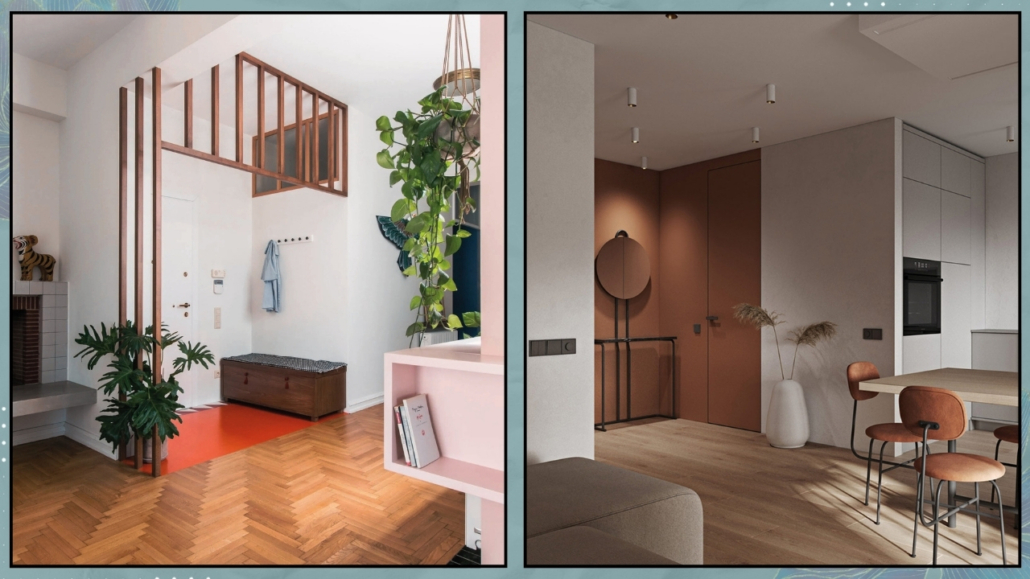
(credits: living corriere; rolig.design)
-
Use multifunctional furniture
A low cabinet with drawers or baskets provides a convenient spot to store keys, bags, and other essentials.
If space is tight, a storage bench is even better—it’s handy for sitting down and perfect for hiding shoes or backpacks.
Above it, you can add wall hooks or a mounted organizer panel.
If you have a bit more room, a narrow console table can work as a surface for decor, a lamp, or a catch-all tray.
Alternatively, a wall-mounted shelf can be a space-saving solution that still adds functionality.
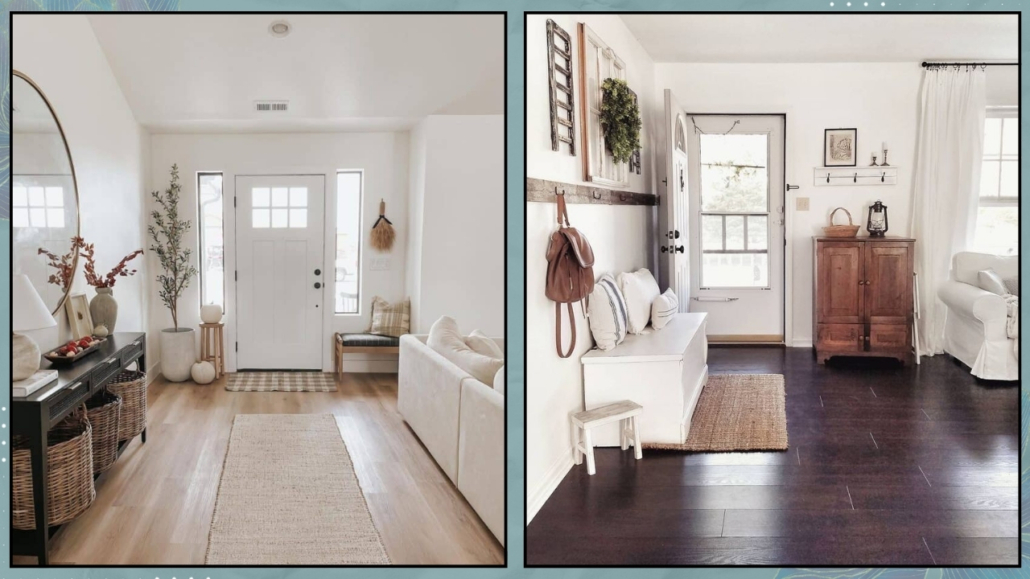
(credits: @lori.dail; carly.at.home)
-
Create a light separation
A wooden screen, an open bookshelf, or a metal grid with a few plants—even a partial divider can add structure to the space without making it feel closed off.
If you like a more modern look, consider a glass partition in an industrial style or a simple linen curtain that drops down from the ceiling.
Another option is to use the sofa as a divider: by placing it with its back to the front door, you naturally create a visual barrier between the entry and the living area.
Behind the sofa, a console table or a bench can help complete the entry zone.
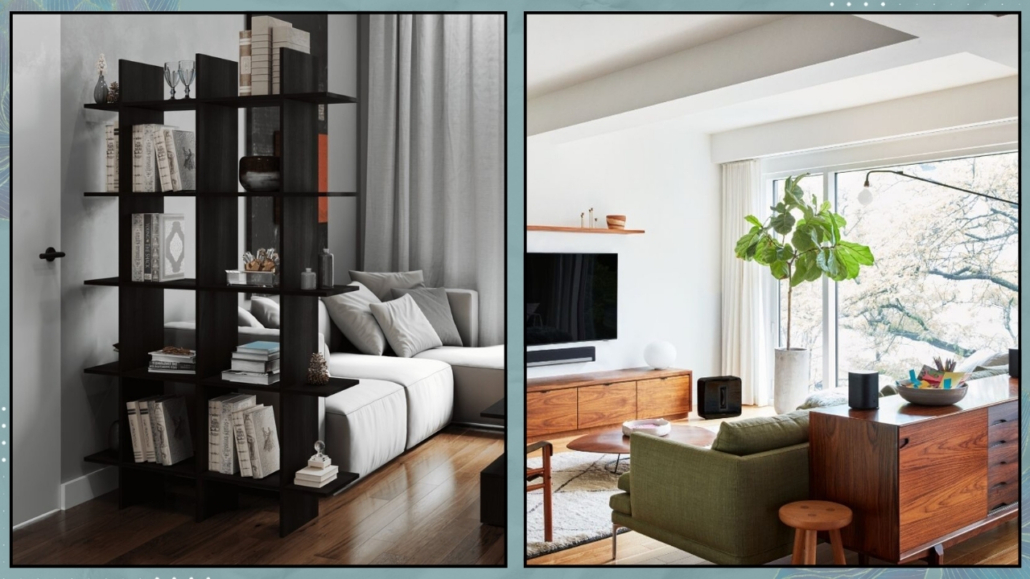
(credits: amiel.club; midcentury585.com)
-
Lighting and atmosphere
Don’t overlook the lighting—a table lamp, a wall sconce, or a decorative pendant can instantly make your entry corner feel more inviting.
Go for warm, diffused light, ideally with a dimmer, so you don’t get that harsh “spotlight effect” every time you walk in.
You might also consider installing recessed lights or a drop ceiling with integrated lighting to further define the entryway area.
Using mirrors can help reflect light and create a sense of more space.
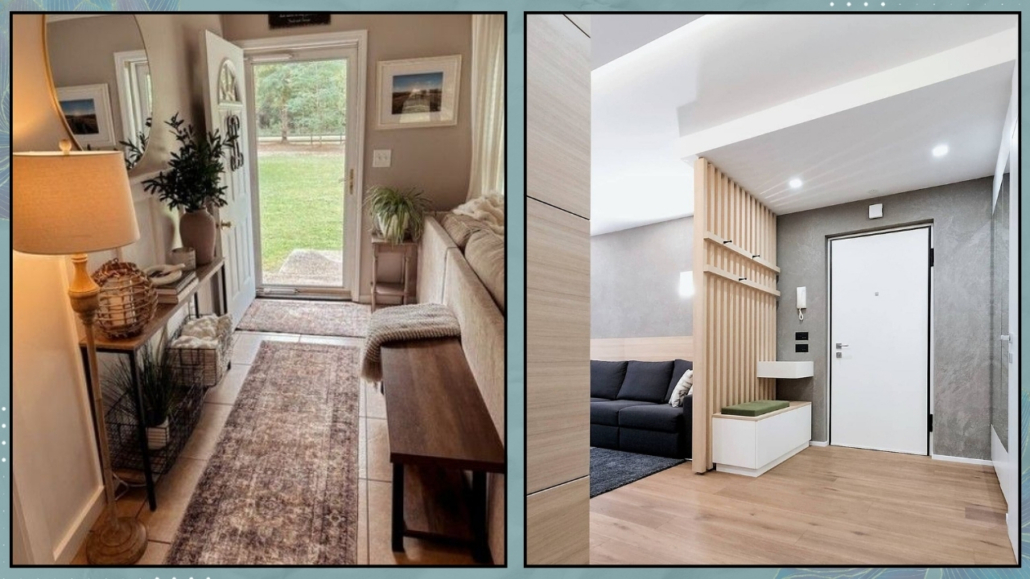
(credits: Sonya Beck; lemayr-thomas.com)
-
Keep it tidy
When your front entryway opens straight into the living room, anything out of place is immediately noticeable.
A tiny tray for pocket items, a basket for shoes, and a few basic rules (like “no backpacks on the couch!”) can go a long way in keeping the space looking harmonious.
If you have the room, consider installing a built-in closet to store coats, shoes, and bags.
Alternatively, wall hooks and shelves can provide practical and stylish solutions to help keep things in order.
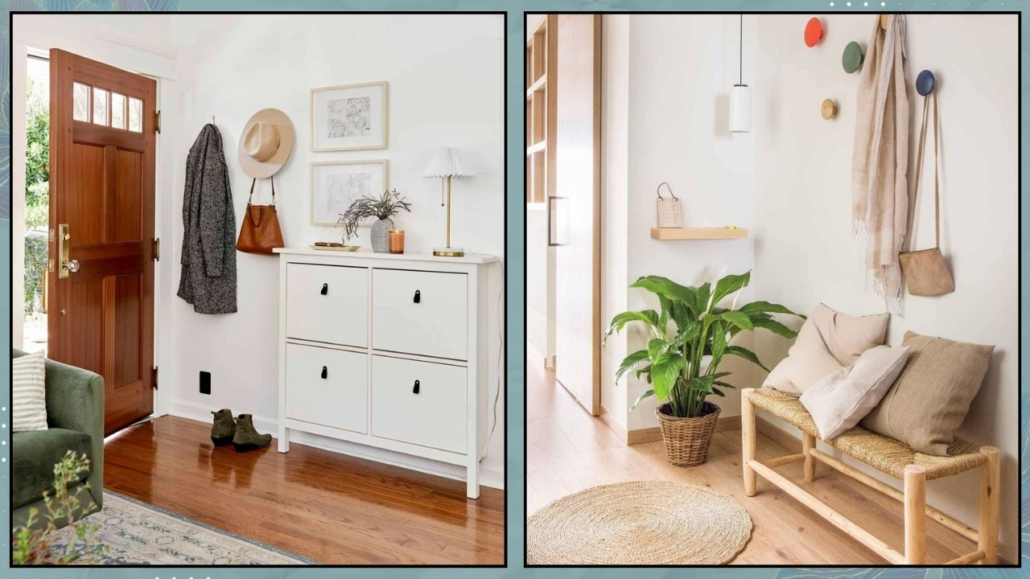
(credits: Sara Liggoria-Tramp; elmueble.com)
Managing an entry that opens directly into the living room takes a bit of extra thought, but it can actually become a real strength.
With just a few well-chosen elements, you can add character and functionality to a space that might otherwise feel overlooked.
I hope you enjoyed this article about how to handle an entryway that opens directly into the living room and found it helpful.
If so, don’t hesitate to share it with someone you think might be interested; I would be honored, and it will help me get known.
If you feel that your home, or any part of it, doesn’t reflect you enough, don’t wait any longer: fall in love with your place again and book your consultancy!
This post is also available in: Italian

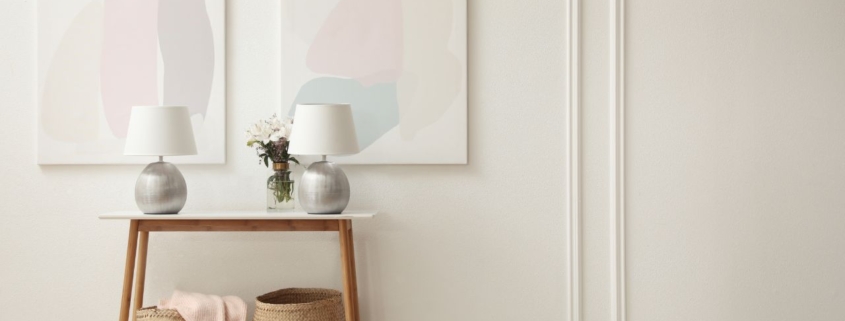

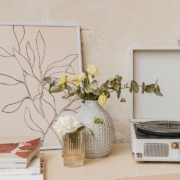
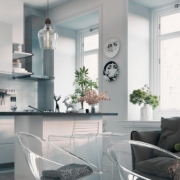
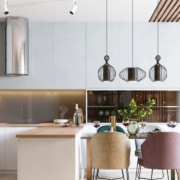

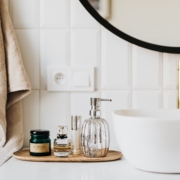


Leave a Reply
Want to join the discussion?Feel free to contribute!